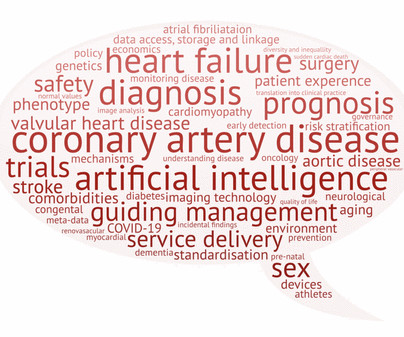Central Retinal Artery Occlusion: A Review of Pathophysiological Features and Management
Stroke: Vascular and Interventional Neurology
AUGUST 16, 2023
Stroke: Vascular and Interventional Neurology, Ahead of Print. Central retinal artery occlusion (CRAO) is a form of acute ischemic stroke that results in painless vision loss attributable to retinal infarction. A keen understanding of clinical presentation and underlying pathophysiological features is key to timely intervention and development of new treatment modalities.













Let's personalize your content